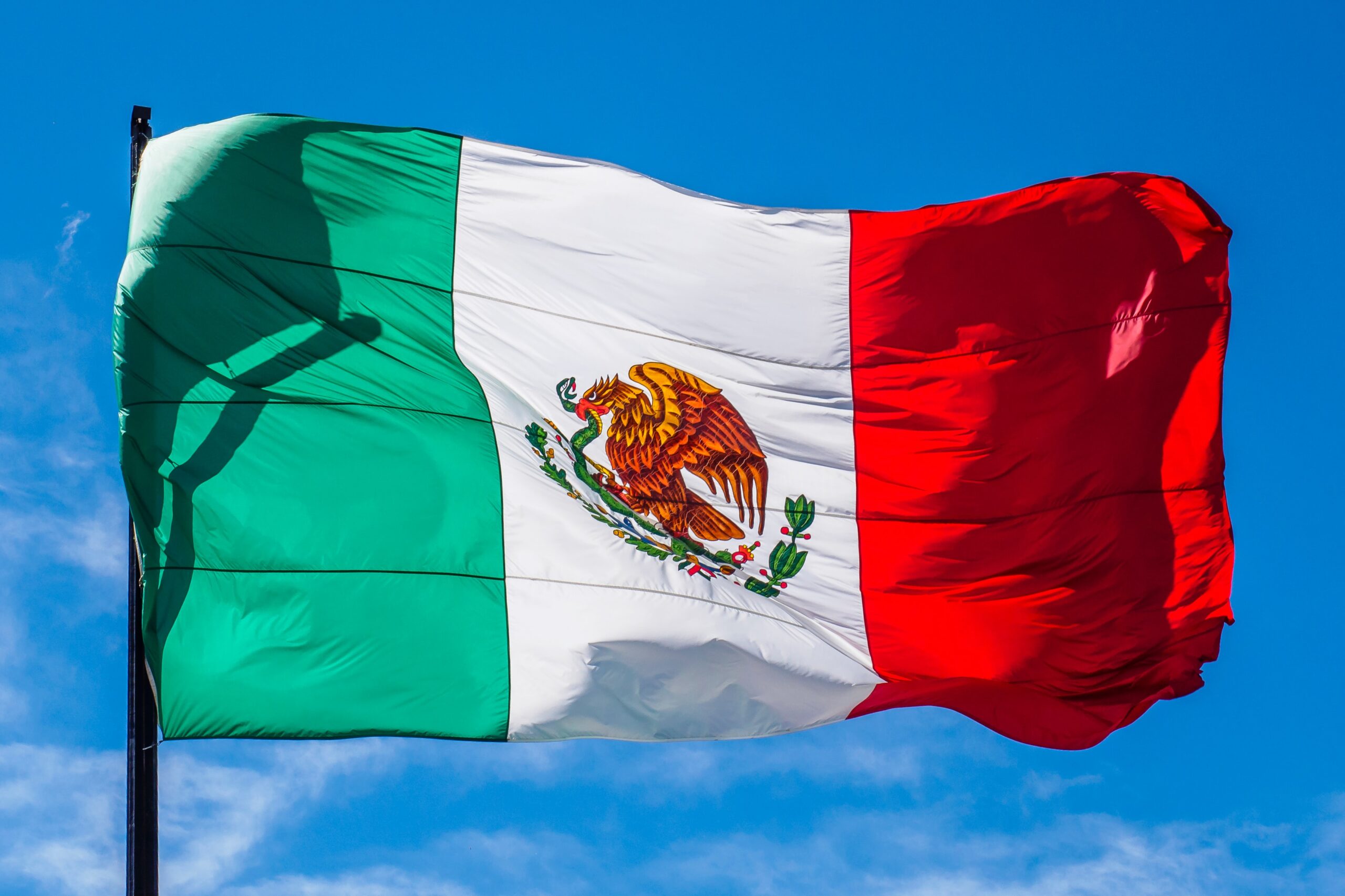Funding Journalism in Mexico
The Mexican media system is categorized as a political-clientelistic system, with limited pluralism and liberal aspirations and a high degree of concentration in the television and telecommunications sectors. At present, its main characteristics include: notably low levels of newspaper circulation; regional and local atomization; the preeminence of opinion journalism over investigative journalism; the dominance of commercial multimedia media groups; and a close relationship with political entities at municipal, state and federal levels. This is down to the eternal temptation on the part of governments and political figureheads to use public service media for their own purposes.
The Mexican media system is not homogeneous and has significant differences at the regional-state and state-local levels. These can be seen, for example, in the coverage of telecommunications and broadcasting, the pluralism of media sources, and the local dynamics of political and journalistic practices. In addition, organized crime (mainly narcotrafficking) is affecting local media in various ways and, in particular, the work done by journalists. In this sense, Mexico has been considered one of the most dangerous countries in which to practice journalism, with an alarming increase in the number of journalists murdered during the first two decades of the 21st century.
Another characteristic of the Mexican media system is the dominance of television, as it has historically been a primary source of information and cultural consumption for Mexican audiences. In recent years this dominance has been waning due to the rise of digital media. According to the National Survey of Audiovisual Content Consumption (Encuesta Nacional de Consumo de Contenidos Audiovisuales, ENCA) 2022 of the Federal Telecommunications Institute (Instituto Federal de las Telecomunicaciones, IFT), 77% of those who own a TV set watch free-to-air channels and, on average, 2.5 hours of free-to-air television are watched per day; news and movies are watched most frequently. After television, radio is one of the most consumed media sources, according to the same IFT survey, which found that one out of every three Mexicans listens to radio for at least three hours a day. In addition, this study reports that the most popular types of programs are music (84%) and news (81%).
As a result of these shifts in the media system, the distribution of advertising spending has changed significantly in the last ten years, after decades of dominance by television, which used to attract more than 50% of total ad expenditure nationwide (see Figure 1.2). According to the latest reports, television has already been displaced by the internet and now accounts for only a quarter of the advertising market (26%) – (see Figures 1.2 and 1.3). In addition, in 2016 a third television network was launched, Imagen Television, breaking the television duopoly that had dominated the Mexican media system from 1993 to 2015. As a result, Televisa and TV Azteca have since had to share the advertising pie with a third nationwide player.
Read the Funding Journalism in Mexico full report 2022
The Creative Commons license for the report is: Attribution 3.0 Unported (CC BY 3.0)

